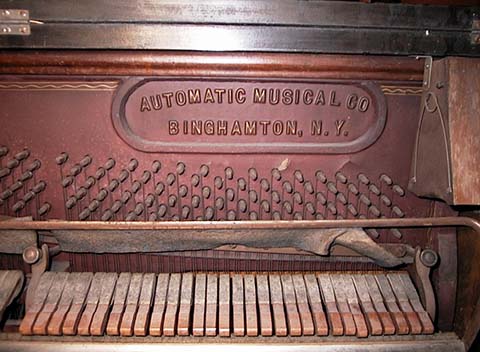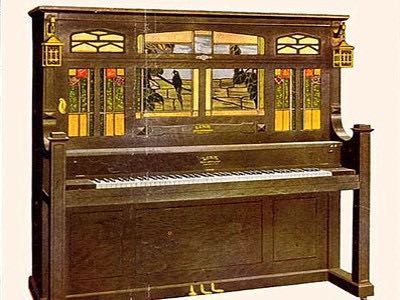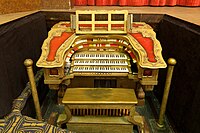WiffingWaffles
EatingVafflie
I've learned that Instagram is a Piece of garbage.
Feeling isolated? You're not alone.
Join 20,000+ people who understand exactly how your day went. Whether you're newly diagnosed, self-identified, or supporting someone you love – this is a space where you don't have to explain yourself.
Join the Conversation → It's free, anonymous, and supportive.
As a member, you'll get:
You've found your people. Create your free account
Justice Gray, citing several Supreme Court cases (Brown v. Piper, 91 U.S. 37, 42, and Jones v. U.S., 137 U.S. 202, 216) stated that when words have acquired no special meaning in trade or commerce, the ordinary meaning must be used by the court. In this case dictionaries cannot be admitted as evidence, but only as aids to the memory and understanding of the court. Gray acknowledged that botanically, tomatoes are classified as a "fruit of the vine"; nevertheless, they are seen as vegetables because they were usually eaten as a main course instead of being eaten as a dessert. In making his decision, Justice Gray mentioned another case where it had been claimed that beans were seeds — Justice Bradley, in Robertson v. Salomon, 130 U.S. 412, 414, similarly found that though a bean is botanically a seed, in common parlance a bean is seen as a vegetable. While on the subject, Gray clarified the status of the cucumber, squash, pea, and bean.The passages cited from the dictionaries define the word 'fruit' as the seed of plants, or that part of plants which contains the seed, and especially the juicy, pulpy products of certain plants, covering and containing the seed. These definitions have no tendency to show that tomatoes are 'fruit,' as distinguished from 'vegetables,' in common speech, or within the meaning of the tariff act.
But maybe it was put there by grieving family members. I think it’s a message of desperation, not condescension.To be frank, it is really condescending to very depressed and suicidal individuals to see messages like "Think of your family" and junk.
R.O.B. is also playable in Mario Kart DSNintendo must still have a soft spot for R.O.B, though, since they made him a playable character in the Super Smash Bros. games.

My brother and I had R.O.B. When we discovered we could play Gyromite without having to use him, he became a somewhat interesting paperweight or dust collector.
The term Link Trainer, also known as the "Blue box" and "Pilot Trainer"[1] is commonly used to refer to a series of flight simulators produced between the early 1930s and early 1950s by Link Aviation Devices, founded and headed by Ed Link, based on technology he pioneered in 1929 at his family's business in Binghamton, New York. During World War II, they were used as a key pilot training aid by almost every combatant nation.
The original Link Trainer was created in 1929 out of the need for a safe way to teach new pilots how to fly by instruments. Ed Link used his knowledge of pumps, valves and bellows gained at his father's Link Piano and Organ Company to create a flight simulator that responded to the pilot's controls and gave an accurate reading on the included instruments.



This is really cool! I if I understood correctly, they used the technology from player pianos to create a flight simulatorThe Link Trainer... from pianos to flight simulators.
View attachment 120290
View attachment 120285
View attachment 120288
From wikipedia:
https://interestingengineering.com/...lt-flight-simulator-the-link-trainer-blue-box
Link Piano and Organ Company Pianos:



There's another one called Yellow KnifeI learned that there is a city in Canada called Medicine Hat.
Source"Edwin Perkins (Jan. 8, 1889–July 3, 1961) was always fascinated by chemistry and enjoyed inventing things," notes the Hastings Museum of Natural and Cultural History, in describing the inventor of the drink and its most famous resident. As a boy, Perkins worked in his family's general store, which—among other things—sold a fairly new product called Jell-O.
The gelatine dessert featured six flavors at the time, produced from a powdered mix. This got Perkins to thinking about creating powdered-mix drinks. "When his family moved to southwest Nebraska at the turn of the (20th) century, young Perkins experimented with homemade concoctions in his mother’s kitchen and created the Kool-Aid story."
Perkins and his family moved to Hastings in 1920, and in that city in 1922, Perkins invented the "Fruit Smack," the forerunner of Kool-Aid, which he sold mainly via mail order. Perkins renamed the drink Kool-Ade and then Kool-Aid in 1927, the Hastings Museum notes.
All in Color for a Dime
"The product, which sold for 10¢ a packet, was first sold to wholesale grocery, candy, and other suitable markets by mail order in six flavors; strawberry, cherry, lemon-lime, grape, orange, and raspberry," notes the Hastings Museum. "In 1929, Kool-Aid was distributed nationwide to grocery stores by food brokers. It was a family project to package and ship the popular soft drink mix around the country."
Perkins was also selling other products by mail order—including a mixture to help smokers give up tobacco— but by 1931, the demand for the drink "was so strong, other items were dropped so Perkins could concentrate solely on Kool-Aid," the Hastings museum notes, adding that he eventually moved production of the drink to Chicago.
Surviving the Depression
Perkins survived the Great Depression years by dropping the price for a packet of Kool-Aid to just 5¢—which was considered a bargain even during those lean years. The price reduction worked, and by 1936, Perkins' company was posting more than $1.5 million in annual sales, according to Kool-Aid Days, a website sponsored by Kraft Foods.
If their hair is dyed, that's not affected, so there may be a wig "floating by." Also, if even one lime gets mixed in, you glow in the dark when you move.It’s the whole body bath that worked. They just put it on their faces.